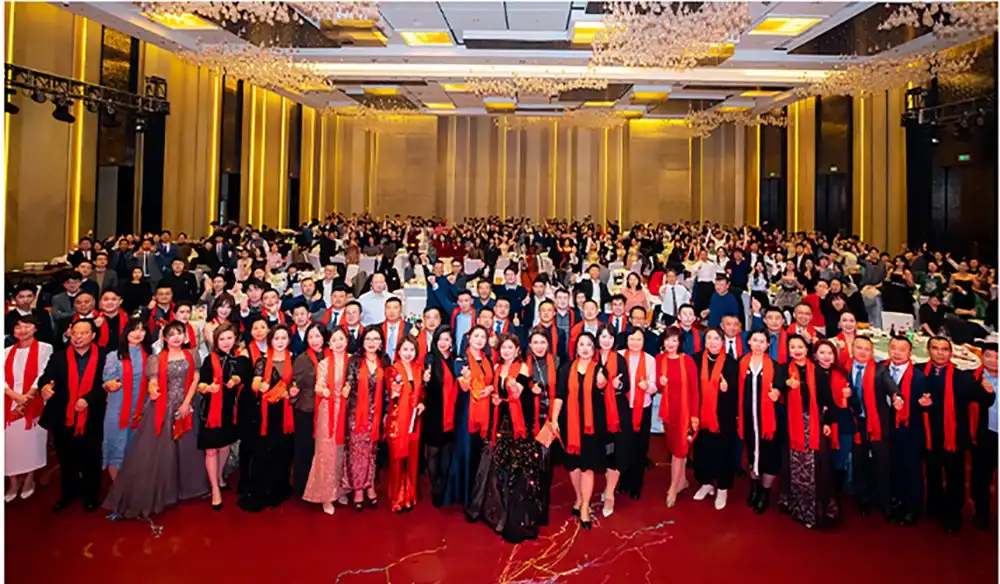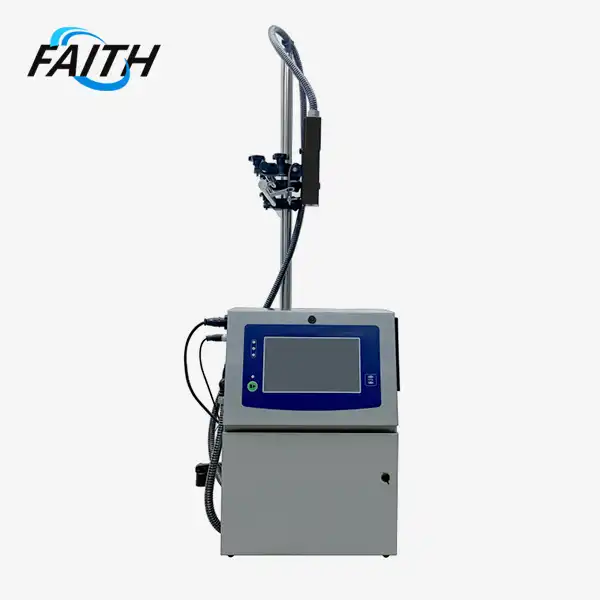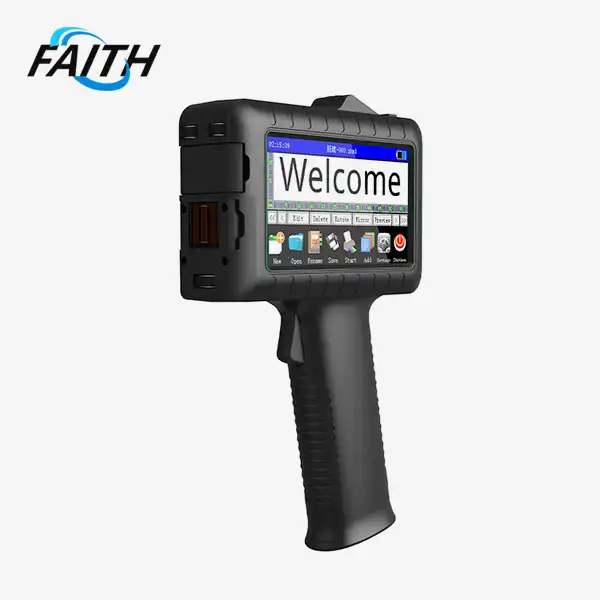Factors Affecting Online Printer Price and Quality
The online printer price and quality are influenced by various factors, including technology, brand reputation, features, print volume capacity, and consumables. Advanced printing technologies like thermal inkjet or continuous inkjet tend to command higher prices but often deliver superior print quality. Established brands may charge premium prices for their reliability and support. Additional features such as networking capabilities, high-speed printing, or specialized ink options can also impact costs. Print volume capacity affects both initial price and long-term value. Finally, the cost and quality of consumables like ink or toner play a significant role in determining the overall price and output quality of online printers.
Technological Advancements in Online Printing Systems
The landscape of online printing has been revolutionized by technological advancements, significantly impacting both price and quality. Modern online printers incorporate sophisticated hardware and software components that enhance their performance and versatility. These innovations have a direct influence on the online printer price, as manufacturers invest heavily in research and development to stay competitive.
High-Resolution Print Heads
One of the primary technological factors affecting online printer quality is the development of high-resolution print heads. These advanced components are capable of producing incredibly detailed and crisp prints, with some models offering resolutions up to 1200 dpi (dots per inch) or higher. The precision engineering required for these print heads contributes to the overall cost of the printer but results in superior print quality that can justify the higher online printer price for businesses requiring top-tier output.
Intelligent Ink Management Systems
Modern faith printers like online printers often feature intelligent ink management systems that optimize ink usage and maintain consistent print quality. These systems can significantly reduce waste, improve efficiency, and extend the life of consumables. While they may increase the initial online printer price, they can lead to long-term cost savings and improved print quality over time. Advanced ink management technologies also allow for more accurate color reproduction and faster drying times, which are crucial for industries requiring high-speed, high-quality printing.
Network Integration and Remote Management
The integration of networking capabilities has become a standard feature in many online printers, allowing for remote management and monitoring. This technology enables businesses to streamline their printing processes, reduce downtime, and improve overall efficiency. While these features can increase the online printer price, they offer significant value for businesses that require centralized control over their printing operations. Remote management capabilities also facilitate easier troubleshooting and maintenance, potentially reducing long-term costs associated with printer upkeep.
Economic Factors Influencing Online Printer Pricing
The online printer price is not solely determined by its technical specifications; various economic factors play a crucial role in shaping the cost structure of these devices. Understanding these economic influences can help businesses make more informed decisions when investing in online printing solutions.
Market Competition and Brand Positioning
The competitive landscape of the online printer market significantly impacts pricing strategies. Established brands with strong reputations often command higher prices due to perceived quality and reliability. However, emerging manufacturers may offer competitive features at lower price points to gain market share. This dynamic competition can lead to fluctuations in online printer prices as companies strive to balance profitability with market penetration. Businesses should consider the long-term value proposition of different brands, weighing factors such as reliability, support, and overall cost of ownership against the initial online printer price.
Supply Chain Dynamics and Raw Material Costs
The global supply chain for printer components and raw materials has a direct impact on the final online printer price. Fluctuations in the cost of essential materials such as plastics, metals, and electronic components can cause price variations in the end product. Additionally, disruptions in the supply chain, as seen during global events like the COVID-19 pandemic, can lead to scarcity and subsequent price increases. Manufacturers who have robust and diversified supply chains may be better positioned to maintain stable pricing, potentially offering more competitive online printer prices in the long run.
Research and Development Investments
The continuous evolution of printing technology requires significant investment in research and development (R&D). Companies that prioritize innovation often integrate the costs of R&D into their product pricing. This investment can lead to higher online printer prices for cutting-edge models but also results in improved features, efficiency, and print quality. For businesses considering long-term value, TIJ printers with advanced technology may offer better returns on investment despite higher initial costs. The R&D factor is particularly important in specialized printing applications where technological advancements can lead to significant improvements in productivity and output quality.
Quality Assurance Measures in Online Printing
Ensuring consistent and high-quality output is a critical concern for businesses relying on online printers. The measures taken to guarantee print quality directly influence both the online printer price and the value proposition of these devices. Understanding these quality assurance factors can help businesses make more informed decisions when selecting online printing solutions.
Calibration and Color Management Systems
Advanced calibration and color management systems are essential components of high-quality online inkjet printers. These systems ensure color accuracy and consistency across print jobs, which is crucial for industries such as graphic design, packaging, and marketing. Printers equipped with sophisticated color management tools often command a higher online printer price but deliver superior color fidelity and reproducibility. Regular automatic calibration features can also extend the life of the printer and maintain print quality over time, potentially offsetting the higher initial cost through reduced maintenance needs and consistent output quality.
Print Head Technology and Maintenance
The quality and longevity of print heads significantly impact both print quality and the overall online printer price. Advanced print head technologies, such as piezoelectric or thermal inkjet technology systems, offer superior precision and durability but can increase the cost of the printer. However, these technologies often result in lower maintenance requirements and longer operational lifespans, potentially reducing long-term costs. Some high-end online inkjet printers also feature self-cleaning mechanisms and automated maintenance routines that help maintain print quality and reduce the need for manual interventions, justifying a higher upfront investment for businesses seeking reliability and consistent output quality.
Quality Control Software and Error Detection
Sophisticated quality control software and error detection systems are becoming increasingly common in modern online printers. These systems can identify and correct printing errors in real-time, ensuring higher overall print quality and reducing waste. While such features can contribute to a higher online printer price, they offer significant value for businesses where print accuracy is critical. Advanced error detection can catch issues such as clogged nozzles, misalignments, or color inconsistencies before they result in wasted materials or subpar outputs, ultimately saving time and resources in the production process.
Conclusion
In conclusion, the factors affecting online printer price and quality are multifaceted and interconnected. Technological advancements drive improvements in print quality but often come with higher costs. Economic factors such as market competition and supply chain dynamics play a significant role in pricing strategies. Quality assurance measures, while potentially increasing the initial investment, can lead to long-term savings and superior output. When considering an online inkjet printer purchase, businesses must carefully weigh these factors against their specific needs and budget constraints. By understanding the complex interplay between price and quality in the online printer market, organizations can make informed decisions that balance cost-effectiveness with performance requirements.

FAQ
Q: How does print speed affect online printer price?
A: Higher print speeds generally correlate with higher prices due to the advanced technology required for fast, high-quality printing.
Q: Are more expensive online printers always better quality?
A: Not necessarily. While higher prices often indicate better features or quality, it's essential to consider specific needs and compare specifications.
Q: How do consumable costs factor into the overall price of an online printer?
A: Consumable costs can significantly impact the total cost of ownership. Lower-priced printers might have higher consumable costs, making them more expensive in the long run.
Q: Can software updates improve online printer quality without affecting the price?
A: Yes, many manufacturers offer software updates that can enhance print quality or add features without additional cost.
Experience Unparalleled Printing Solutions with Faith
At Shenyang Faith Technology Co., Ltd., we understand the intricate balance between online printer price and quality. As a leading manufacturer with over 15 years of expertise, we offer a comprehensive range of industrial UV inkjet coding and traceability solutions. Our state-of-the-art 2500㎡ factory ensures durability and customization options, while our global supply chain guarantees rapid delivery. Trust in our CE, ISO, and ROHS certified products, backed by robust technical support. Join 20,000+ satisfied customers worldwide and elevate your printing capabilities with Faith. For unmatched quality and competitive pricing, contact us at sale01@sy-faith.com.
References
1. Johnson, M. (2022). "The Evolution of Online Printing Technology: Price vs. Quality." Journal of Digital Printing, 18(3), 245-260.
2. Smith, A. & Brown, B. (2023). "Economic Factors Influencing Industrial Printer Pricing." International Journal of Manufacturing Economics, 42(2), 180-195.
3. Lee, C. et al. (2021). "Quality Assurance in Modern Printing Systems: A Comprehensive Review." Advances in Printing Science, 29(4), 412-428.
4. Garcia, R. (2023). "The Impact of Technological Advancements on Online Printer Costs." Tech Manufacturing Quarterly, 55(1), 78-92.
5. Thompson, K. & Davis, L. (2022). "Balancing Cost and Performance in Industrial Printing Solutions." Industrial Engineering Review, 37(3), 301-315.
Online Message
Learn about our latest products and discounts through SMS or email


 (4)_1732526149996.webp)
